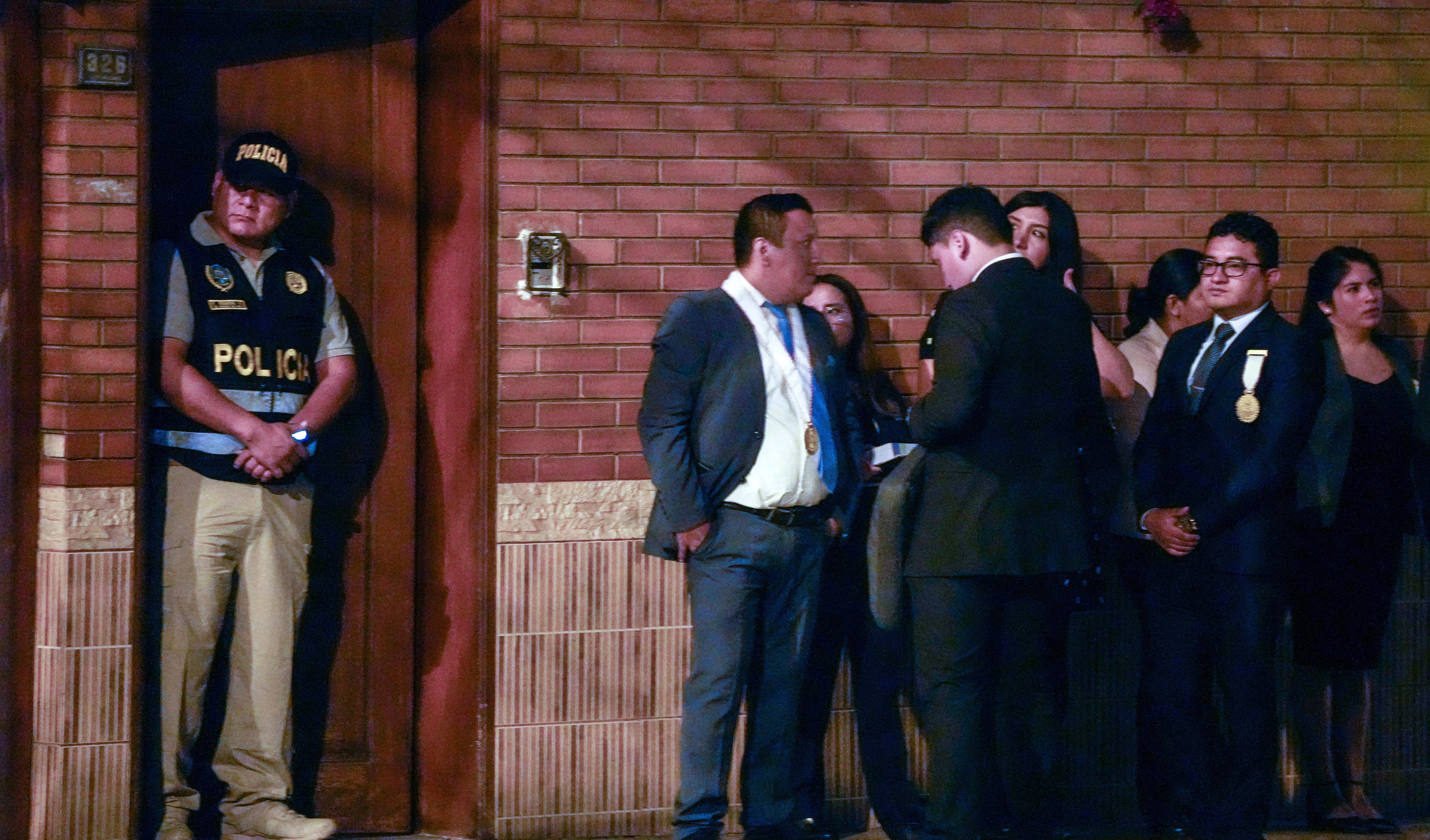Peruvian government expands state of emergency amid ongoing protests
The extended state of emergency in Peru suspends constitutional rights, such as freedom of movement and assembly, yet anti-Boluarte protests continue.
-

Demonstrators facing police officers during an anti-government protest, Lima, Peru, Feb. 4, 2023 (Reuters)
The Peruvian government on Sunday expanded and prolonged a state of emergency amid a two-month-old revolt against President Dina Boluarte that has claimed 48 lives in confrontations between protesters and security forces.
Seven southern Peruvian regions -- Madre de Dios, Cusco, Puno, Apurimac, Arequipa, Moquegua, and Tacna -- will fall under the measure, which will remain in place for 60 days, according to a notice in the government gazette.
On January 13, the government extended by 30 days a state of emergency for Lima, El Callao, Cusco, and Puno.
With the new extension not covering the capital Lima, nor El Callao -- which hosts the country's main airport and maritime terminals -- the state of emergency there will expire in mid-February.
The measure authorizes the military to back up police actions to "restore public order." It also suspends constitutional rights, such as freedom of movement and assembly.
The decree provides for an 8:00 pm to 4:00 am curfew for 10 days in the department of Puno, the epicenter of the demonstrations, where 18 civilians and a policeman died in clashes on January 9.
Peru has been embroiled in a political crisis with near-daily demonstrations since December 7, when then-president Pedro Castillo was arrested after attempting to dissolve Congress and rule by decree.
Demonstrators are demanding the dissolution of Congress, a new constitution, and the resignation of Boluarte, who as vice president took over with Castillo gone.
Several attempts to pass a bill through Peru's legislature to allow early elections have failed, the latest on Friday, which blocked any further debate on the topic until August.
Videos circulated on social media showed protesters carrying Russian, Chinese, and other flags, demanding their help.
🇵🇪 Demonstrators carry the Russian flag at protests in Peru: “We need the help of 🇨🇳 China and 🇷🇺 Russia, as well as many other countries that see what is happening here in Peru,” said the protester. pic.twitter.com/T2XzDZ98dW
— 🅰pocalypsis 🅰pocalypseos 🇷🇺 🇨🇳 🅉 (@apocalypseos) February 6, 2023
This was followed on Saturday by violent street protests in central Lima. The demonstrations are driven by poor southern, Indigenous Peruvians who perceive Castillo, who is also from humble origins and has Indigenous roots, as an ally in their fight against poverty, racism, and inequality.
Read more: Deadly protests in Lima after lawmakers reject early elections: Peru

 2 Min Read
2 Min Read










